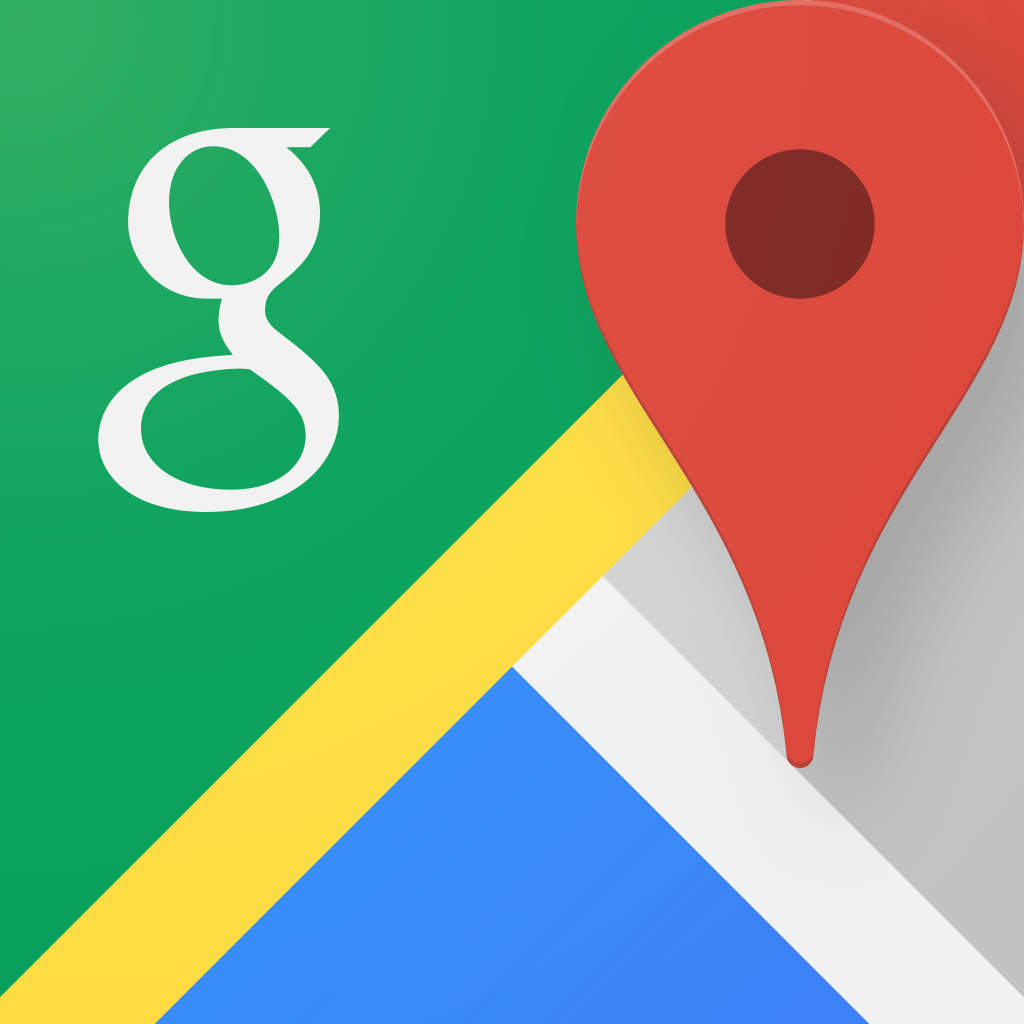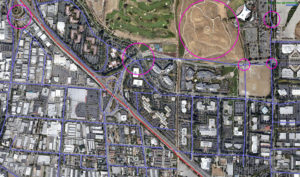Future of Google Maps – A change in the horizon for marketers

 Recently there has been a big leap in the field of Google maps, from physical to digital and this has had a game-changing impact on both the marketers and consumers. But what is in store for the future? It has been a long time since we’ve crossed those days of opening a paper map on a dashboard only to think about our next move when we went out for road trips. However now time has changed and maps have inhabited our apartments and cell phones and digital maps keep evolving like never before.
Recently there has been a big leap in the field of Google maps, from physical to digital and this has had a game-changing impact on both the marketers and consumers. But what is in store for the future? It has been a long time since we’ve crossed those days of opening a paper map on a dashboard only to think about our next move when we went out for road trips. However now time has changed and maps have inhabited our apartments and cell phones and digital maps keep evolving like never before.
Where maps are heading to and what are are its impacts on local marketing? Let’s have a look at the details.
The pin on digital maps – Going beyond the pin
If you have seen closely, digital maps are entirely dominated by the Pin which is not likely to change in future. It is through pins that you can easily find out different locations on the map but that doesn’t imply that this area surrounding the pin will be static. We see all those buildings which the pins represent and which are going through a huge transformation in the way they’re clicked.
When you open Google Maps and zoom your present location, you will see that walls of the buildings around you will become more distinct and more like 3-D and the effect is so much so that the buildings will easily cast shadows. The buildings will soon become extremely visually pleasing and you will feel that Google wants the user to click on them, which is exactly what Google would want you to do.
Inventory mapping
Nowadays, customers do online pre-shopping where they’ve chosen their product much before they have set their foot in the physical store. This is particularly true for the millennials who would love to avoid talking with the sales associate and instead choose the item with a discounted price which they snag online. This gives rise to inventory mapping! The logical next step in the mapping evolution is inventory tracking and finding. We will reach the point where you integrate inventory with the map and when you click on the ad of the product, this won’t only lead you to the store which has the product but will lead you to the shelf on which the product sits.
Google would want you to not leave the map without clicking on the ad. Hence there will be more ads and advertisers working on Google Maps.




